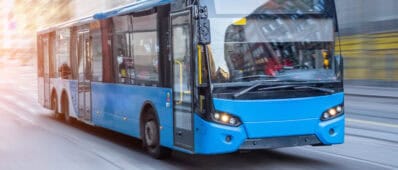Our Experts

Mark Hansen
Professor, Department of Civil and Environmental Engineering, UC Berkeley
Contact
Email:
mhansen@ce.berkeley.eduRecent Projects
Research Team:
UC Campus(es):
Research Team:
UC Campus(es):
Research Team:
UC Campus(es):

Professor, Department of Civil and Environmental Engineering, UC Berkeley
Email:
mhansen@ce.berkeley.eduResearch Team:
UC Campus(es):
Research Team:
UC Campus(es):
Research Team:
UC Campus(es):

Distinguished Professor, Department of Environmental Science and Policy, UC Davis
Email:
slhandy@ucdavis.eduResearch Team:
UC Campus(es):
Research Team:
UC Campus(es):


Director of Research, UCLA Latino Policy & Politics Institute, UCLA
Email:
sil.rgonzalez@ucla.eduResearch Team:
UC Campus(es):
Research Team:
UC Campus(es):

Donald Terner Distinguished Professor, Faculty Director, Department of Affordable Housing and Urban Policy, Terner Center for Housing Innovation, UC Berkeley
Email:
carol.galante@berkeley.eduResearch Team:
UC Campus(es):

Research Consultant, UCLA Institute of Transportation Studies, UCLA
Email:
jgahbauer@ucla.eduResearch Team:
UC Campus(es):
Research Team:
UC Campus(es):
Research Team:
UC Campus(es):
Research Team:
UC Campus(es):
Research Team:
UC Campus(es):
Research Team:
UC Campus(es):

Associate Professor, Department of City and Regional Planning, UC Berkeley
Email:
kfrick@berkeley.eduResearch Team:
UC Campus(es):

Professional Researcher, Co-Director Bicycling Plus Research Collaborative, UC Davis
Email:
dtfitch@ucdavis.eduResearch Team:
UC Campus(es):
Research Team:
UC Campus(es):
Research Team:
UC Campus(es):

Director, Climate Program, Center for Law, Energy & the Environment, UC Berkeley
Email:
eelkind@law.berkeley.eduResearch Team:
UC Campus(es):
Research Team:
UC Campus(es):